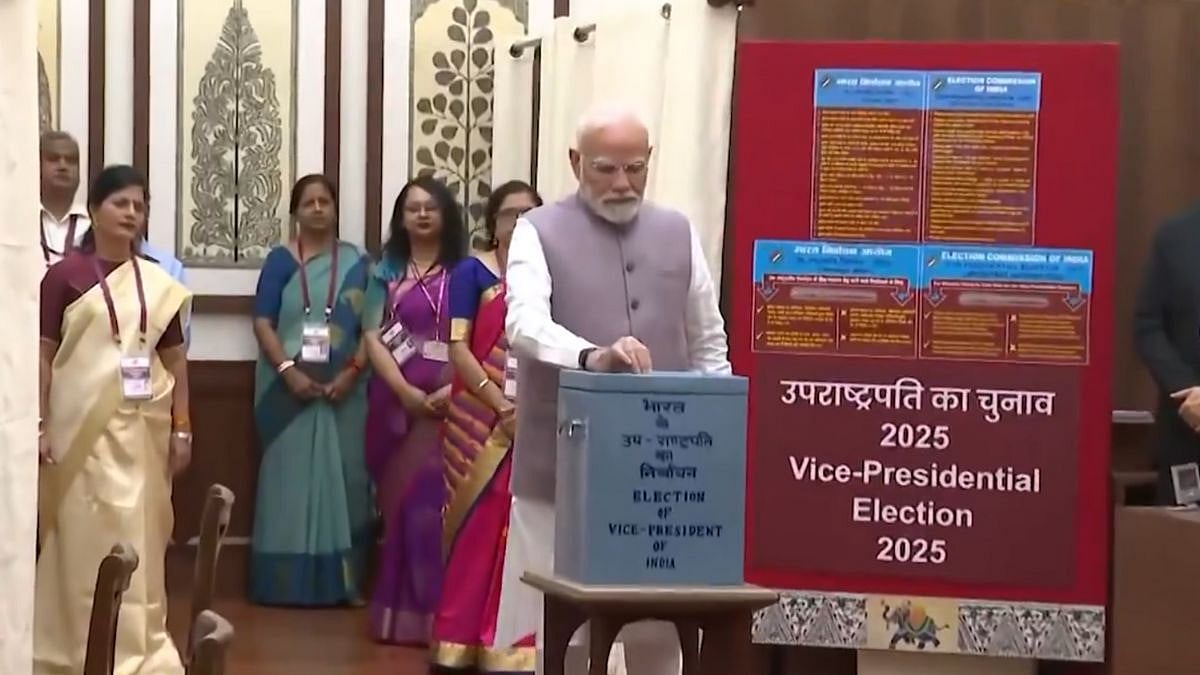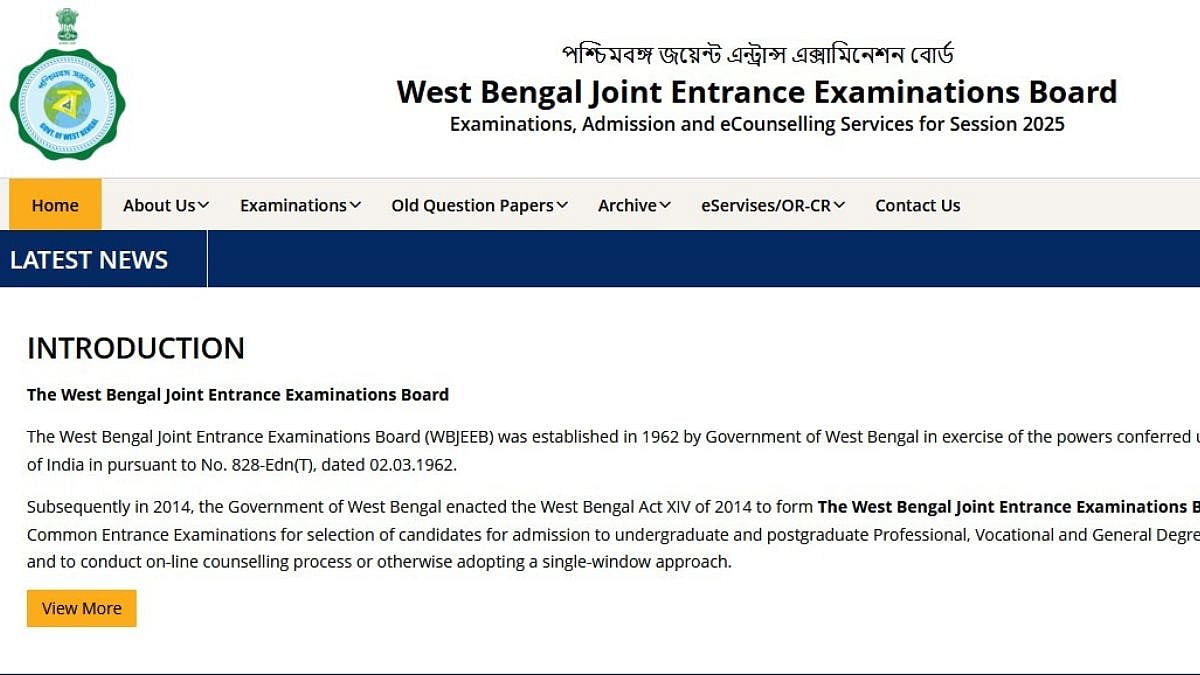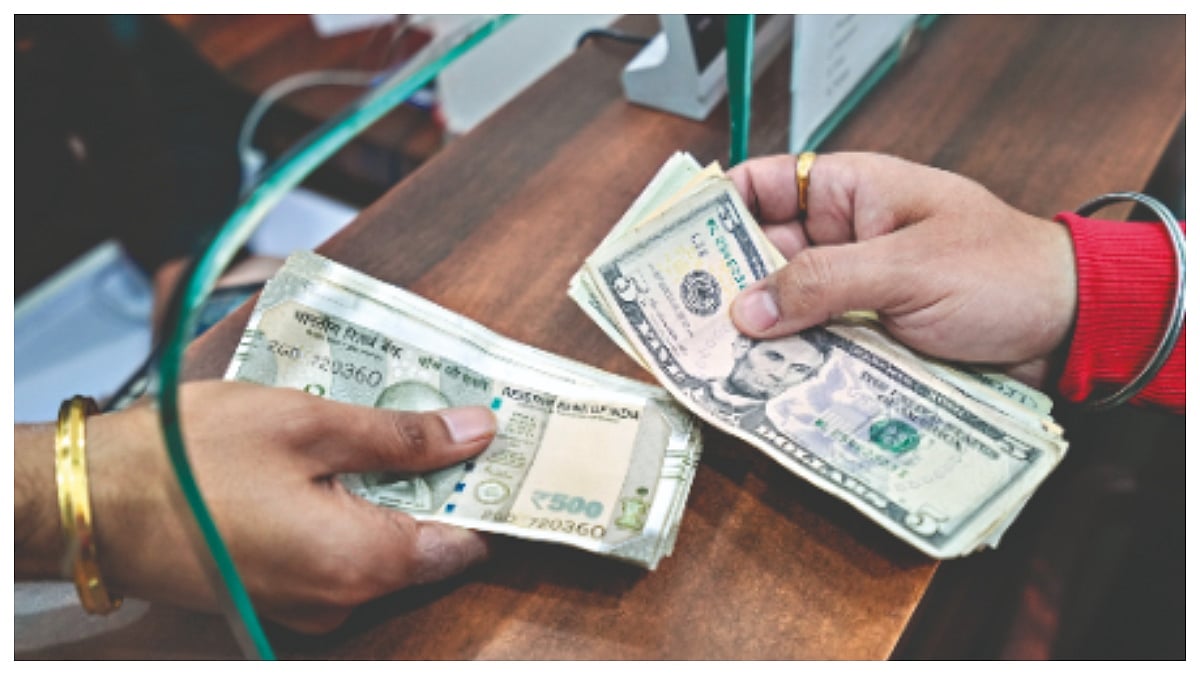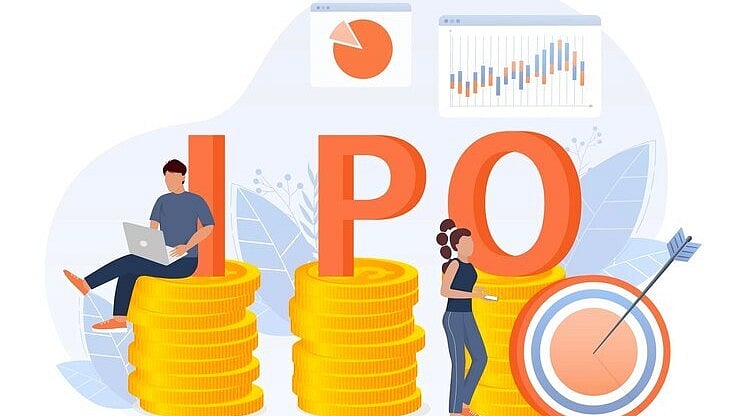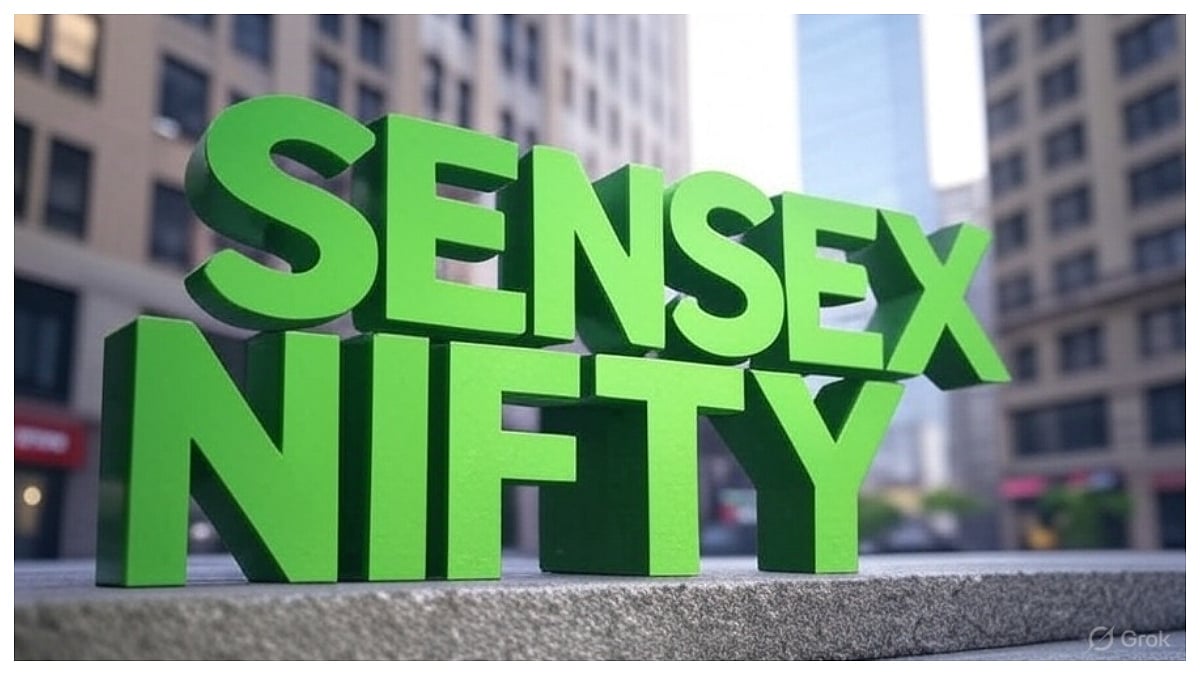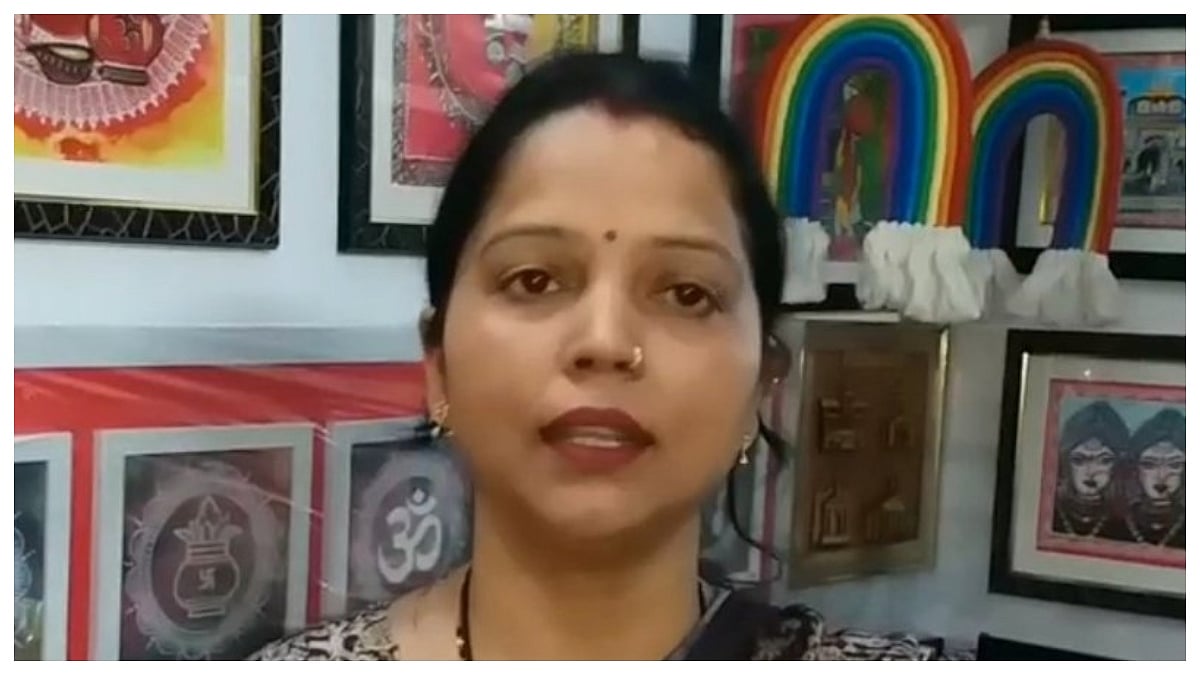In a development that shines alight on the progress of Fastags, which was introduced in 2014, toll collection on Indian national highways reached Rs 53,289.41 crore in the first ten months of this fiscal year, FY24.
What is a Fastag?
'FASTag,' or National Electronic Toll Collection (NETC) program represents a key initiative spearheaded by the Ministry of Road Transport and Highways (MoRTH) and the National Highway Authority of India (NHAI). This program aims to streamline toll collection across the country by enabling direct payments from customers through electronic means. FASTag has been implemented nationwide, offering a convenient and efficient alternative to traditional toll payment methods. By leveraging technology, FASTag has revolutionized the toll collection process, reducing congestion at toll plazas, enhancing transparency, and improving overall operational efficiency on India's highways. This flagship initiative underscores the government's commitment to modernizing transportation infrastructure and enhancing the travel experience for commuters.
From 10,000 to 50,000 Crore
The growth of the system and the impact, it have had in the rise in collection could be derived from a statement made by the erstwhile UPA government in 2010, four years before conception and implementation of FASTag. The government in a statement said, that the toll collection on national highways is expected to increase significantly, reaching Rs 10,000 crore over the next four years, by 2014.
Nevertheless, the government of the day, did point out issue that they may face in the process, as concerns regarding leakage and inefficiencies in toll collection plagued the systemic growth. Here in this case, 'the leakage' refers to the loss of revenue due to various factors such as evasion, corruption, or inadequate enforcement mechanisms.

Now, when we look at the government data from 2015-16, the cumulative collection stood at Rs 18,148.75, which is in accordance to the estimation of the aforementioned government.
Inefficiencies of the previous system
A look at the key issues, including inefficiencies and leakage or revenue loss through inadequacies and corruption, FASTag in principle is expected to find a resolve to some of the issues, as the data around the collection has to be submitted, given the nature of the system, it eradicates human intervention in collection, thereby rectifying niggles surrounding 'leakage'. In addition, users themselves are integrated to the system, thereby dissuading evasion.

FASTag on a roll
Post the pandemic slump, and with gradual adoption of FASTag, the amount of toll collection in 2022-23 stood at Rs. 54,144 Crore, and for 2023-24, the collection stood at Rs. 53,289 Crore till January 2024, with a possibility of this year's numbers surpassing last year's.
Interestingly, these numbers are being registered in the back drop of a slight decline in the volume of transaction, as the number of transactions stood at 340 crore in 2022-23, compared to 314 crore, 2023-14 (in 10 months).
The data on toll collections at various plazas indicates that Gujarat, Haryana, and Uttar Pradesh each have two toll plazas among those with the highest collections. This, as toll collections at various plazas are influenced by a multitude of factors.

These include the geographical location of the toll plaza, the types of vehicles passing through (e.g., commercial trucks, passenger cars), the frequency of vehicle movement, the toll charges set for different vehicle categories, the terms outlined in the concessionaire agreement governing toll collection, and the presence of infrastructure features like bridges and tunnels.
These numbers trickle-in when discussions over the ostensible replacement of the system altogether, for a GPS-based system garner traction and pace. The future of the system is something that remains to be seen, as government lays emphasis on more infrastructure projects.

